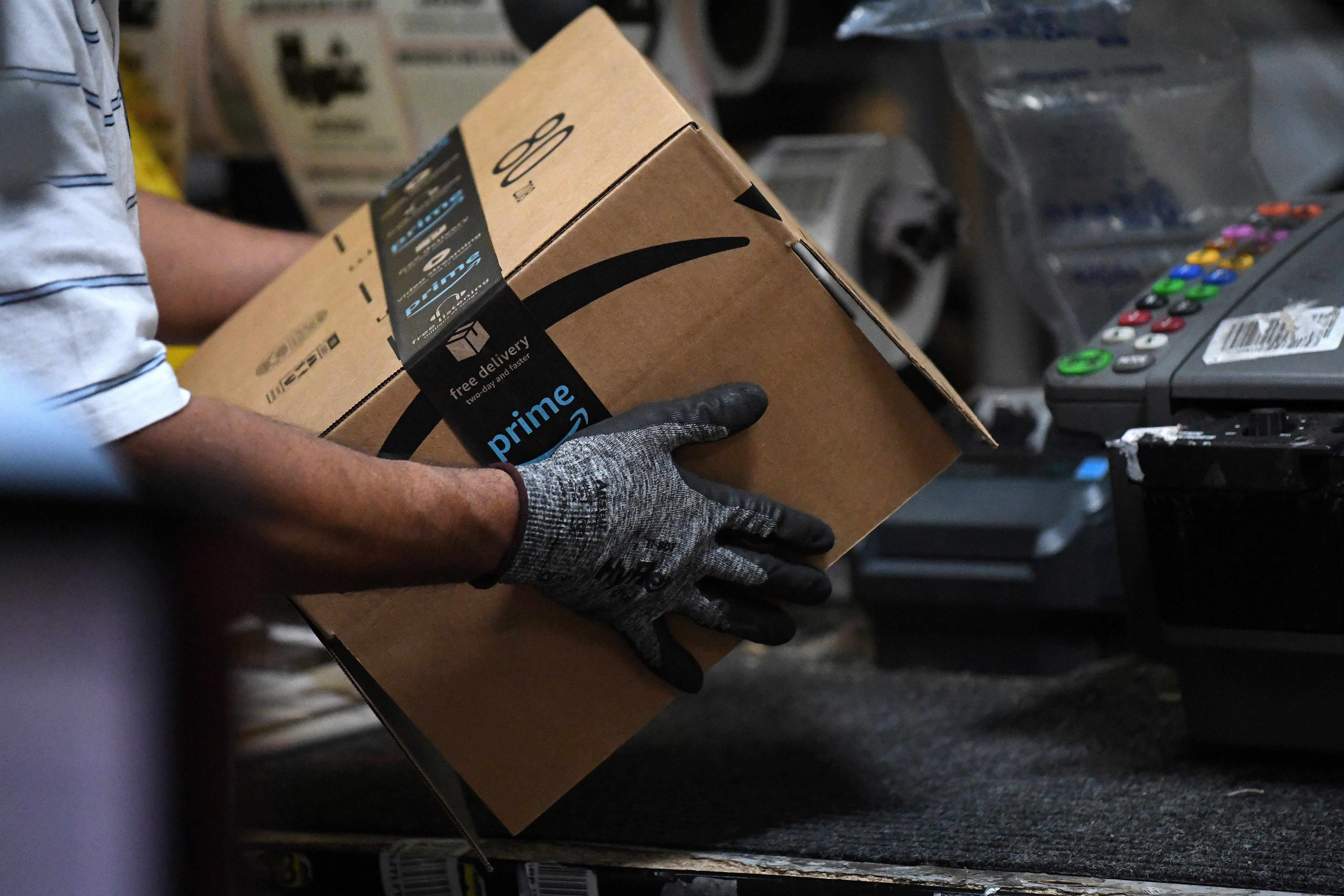Last spring, I set out to design and maintain a sustainable garden in my back yard – and a big part of that project was using chickens to fertilize my soil and process my compost heap. All of their chopping, scraping, and resource depletion in the backyard can be diverted and trapped in a pile of carbon and nitrogen for them to feast on. The result of their efforts is the fresh, nutrient-rich soil that only a marriage of compost and chickens can produce.
My chicken and composting journey began when I flew to Florida to weather the pandemic. What I learned during the process is the following:
- Chicks need a lot of grooming, including time under a heat lamp, to keep them warm and healthy.
- Mixing electrolytes in their water helps chickens stay hydrated.
- Chickens are messy. Very messy.
- Caring for them comes at a high price – from heat lamps to incubators to chicken coops, there is a lot to build or buy in advance.
- Chickens eat and eat and eat. They also shit and shit and shit.
The final point is where it paid off to get them involved in my composting efforts. Letting them peck on compost is a great way to cut down on the amount of feed they need, and the resulting manure is a perfect addition to the remaining compost because it is so high in nitrogen. This is important because the science behind the perfect compost heap relies on its carbon to nitrogen ratio.
The alchemy, if you’re curious, is pretty simple: mix a pile of 1 part green matter (nitrogen) to 24 parts brown matter (carbon). Leave it in the sun, stirring occasionally, and adding water as needed to keep it moist, and you will eventually produce a nutrient-rich soil. How long it takes for your soil to develop depends on the rate at which it decomposes. You can research the approximate ratio of carbon to nitrogen in the specific materials you are using – or you can rely on your sense of smell and observation to gauge how balanced your pile is. If it smells pretty, add more brown substance to the mixture; If your pile doesn’t turn into soil, add more greens into the mixture. Plus: more sun, more water and more stirring.
Check out the video above to learn more about the science behind this natural process and to consider some tips and tricks if you want to try it out for yourself.










